Google Pixel 8 Pro Review: Exciting AI abilities, but priced incorrectly
- Well-designed and impressive display
- Capable camera system
- Impressive AI-powered features
- 7 years of OS updates
- Abysmal throttling
- Only 128 GB storage
- Unpalatable price hike
- Wi-Fi stability issues
At ₹1,06,999, the Pixel 8 Pro is honestly very hard to recommend amidst the landscape of stellar flagship smartphones in India. The improvements don’t measure up to the ginormous ₹22,000 price hike from the Pixel 7 Pro. Yes, the cameras are excellent in most conditions, the display is the brightest in the segment, and the AI features are super exciting, but the miserable throttling, heating issues, lack of power, and average battery life are serious cons to buying a 1 lakh+ smartphone. Add to that random stutters and lag, and this is not a true flagship experience. And this is something that won’t go down well in a price-conscious market like India.
Pixel fans across the globe wait with bated breath for the launch of the new Pixel flagship phones at the end of every year. Google’s AI focus has been more than apparent over the past few years, and the launch of the Pixel 8 and Pixel 8 Pro are no different. In fact, the first line of Google’s blog post regarding the launch of these new phones features the buzzword AI up front and centre! The question that arises is – can AI solve all the hardware issues that generally have been cropping up in the past few generations of Pixel phones? Will a company so hardwired to software prowess ever overcome the hardware hurdles?
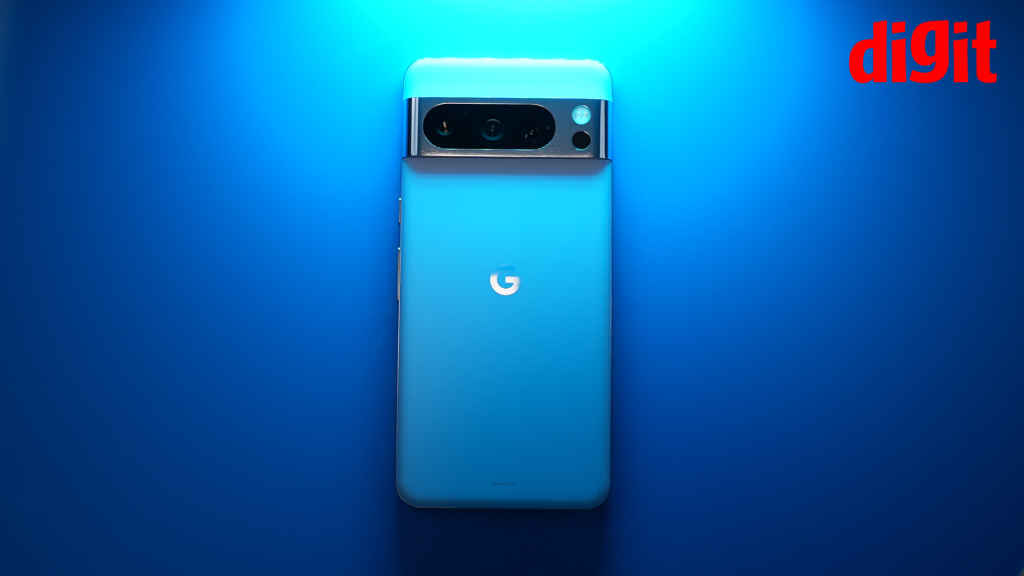
To address that, we do see some pretty exciting hardware upgrades on the Pixel 8 Pro this time around. The display has an insane peak brightness of 2,400 nits, it houses the new and improved Tensor G3 processor, you get a more powerful 48-megapixel ultrawide shooter, and the charging speeds have been improved. Sadly, all of this comes at a pretty hefty price hike.
The Pixel 8 Pro costs a whopping ₹1,06,999. That’s a price increase of ₹22,000 over the Pixel 7 Pro, which is more than the average selling price of a smartphone in India! So, can the Pixel 8 Pro make a place for itself amongst competitors such as the Samsung Galaxy S23 Ultra (review) and iPhone 15 series (review)? Let’s find out.
Google Pixel 8 Pro Review: Build and Design
At first glance, the Pixel 8 Pro looks just about identical to the Pixel 7 Pro (review) and Pixel 6 Pro. There are a couple of trivial changes if you inspect it closer though. The dimensions are very similar, but the Pixel 8 Pro does appear to be a touch smaller. The corners of the phone are slightly more rounded and the camera visor – an iconic albeit polarising design – protrudes a bit more.
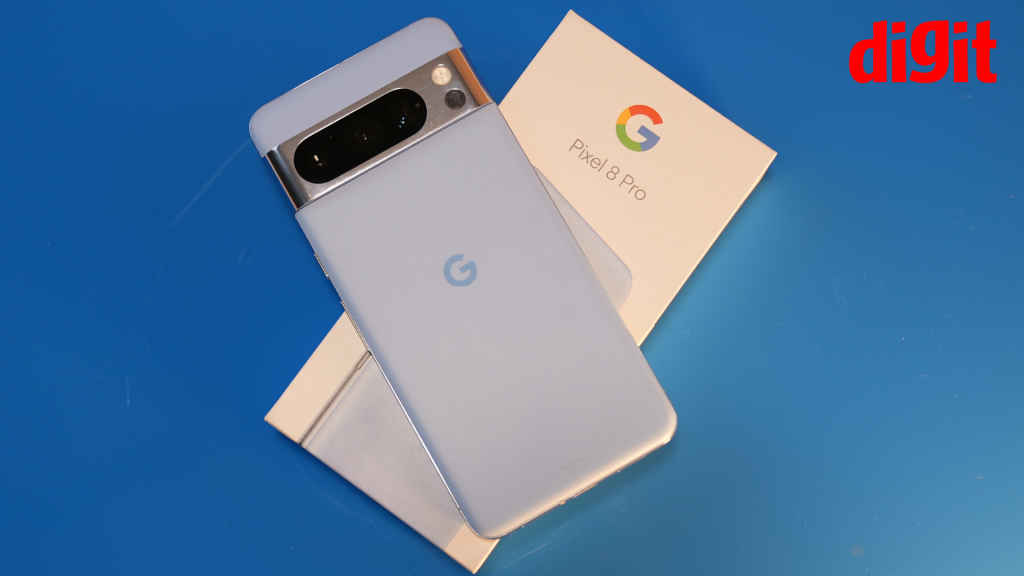
The Pixel 8 Pro has replaced its predecessor’s matte metallic visor with a glossy one; a downgrade, in my opinion. This one can get scratched very easily, which is a problem. As usual, the edges of the visor also collect a lot of dust that’s really pesky to clean.
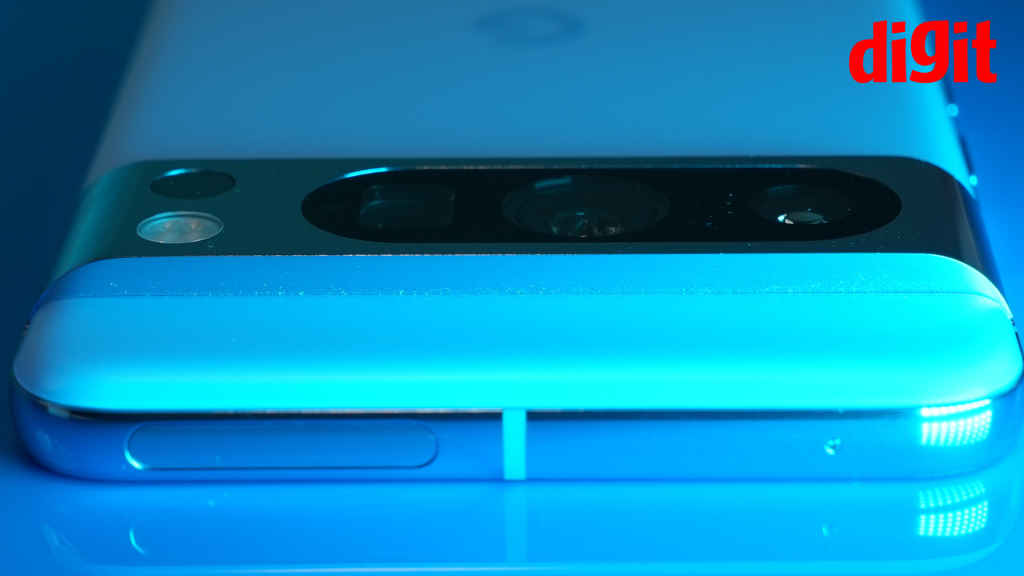
A layer of glass covers all three lenses – a much more unified design and a departure from the Pixels of the yesteryears. You’ve also got the flash and the brand-new temperature sensor on the right side of the visor. The thicker visor does cause some inconveniences when charging wirelessly or gaming.
A welcome change is the frosted matte finish of the rear glass panel. It feels more premium than ever before and repels fingerprints like the plague. The aluminium frame on the sides is rounded and easy to grip. Although the phone feels amazing in hand, it is ridiculously slippery when placed on a sloped surface. So, I recommend using a case to protect it from a fall.
The right side of the frame houses the power and volume buttons; but in typical Pixel fashion, the positions are inverted as compared to the status quo. All the buttons are still easy to reach though. The USB-C charging port and a speaker occupy the bottom of the phone, while the top houses the SIM tray. There’s also another speaker between the phone’s frame and the display. So, you get a stereo sound setup, but no support for Dolby Atmos or Bluetooth LHDC. An absolute shame for the price.
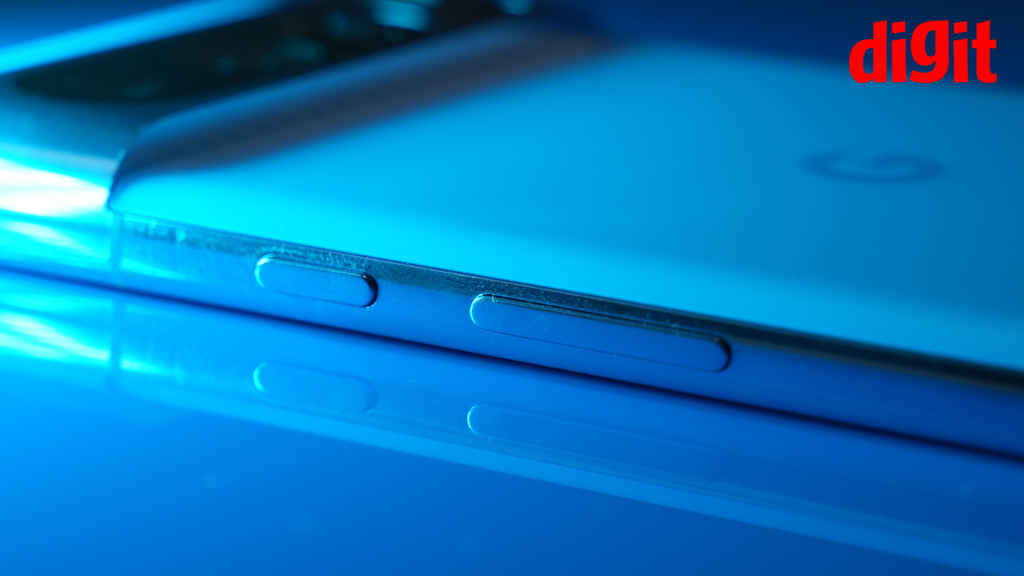
The bezels have been trimmed down as well. They are very close to symmetrical all the way around. The display is almost entirely flat, which bodes well for rejecting accidental touches. The phone is available in Obsidian and Bay colour variants in India. We got the latter for review and it is one of the most stunning pastel blue shades. You’ve still got certain niceties such as an IP68 rating and the upgraded Gorilla Glass Victus 2 for protection.
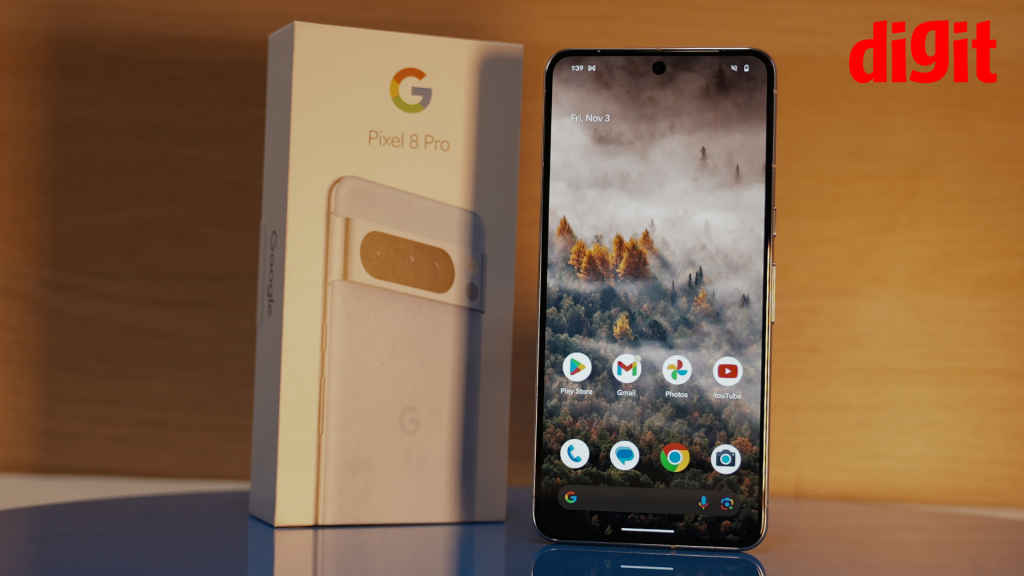
So, design-wise, the Pixel 8 Pro has a lot going for it. There’s no fancy titanium but what you’ve got is a premium and user-friendly design. There are some inconveniences, but the design is definitely more premium and “flagship” grade than before. Nevertheless, I do hope we get to see some major design changes next year to spice things up.
Google Pixel 8 Pro Review: Display
Let’s move on to the display of the Pixel 8 Pro. We’ve got a new buzzword this time – Super Actua display – a new branding for its blindingly bright 2400-nit display. Some of the most significant improvements of the Pixel 8 Pro come in the display department.
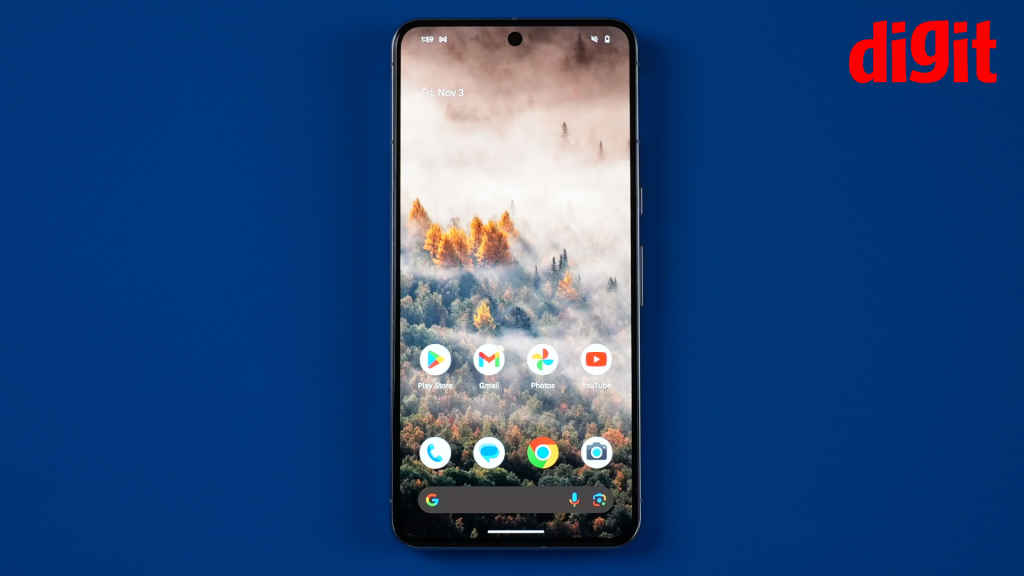
The Pixel 8 Pro sports a 6.7-inch LTPO OLED display with a resolution of 1344 x 2992 pixels. The screen boasts 489 PPI on its 20:9 aspect ratio screen. The screen has a refresh rate of 120 Hz. Thanks to the LTPO display, the refresh rate can be dialed down to 1 Hz. There’s support for HDR10+ but sadly, no Dolby Vision support.
The Always-On display is nice and minimalistic. However, there’s no option for customisation as you get on the latest iPhones and Samsung flagships. The display is one of the brightest on the market – certainly brighter than its fiercest rivals. I tested the display’s brightness levels using a LUX meter and I got an astoundingly high reading of 2,115 nits on Adaptive Brightness Mode under bright sunlight. This is the highest reading we’ve ever recorded in this test, which is commendable.
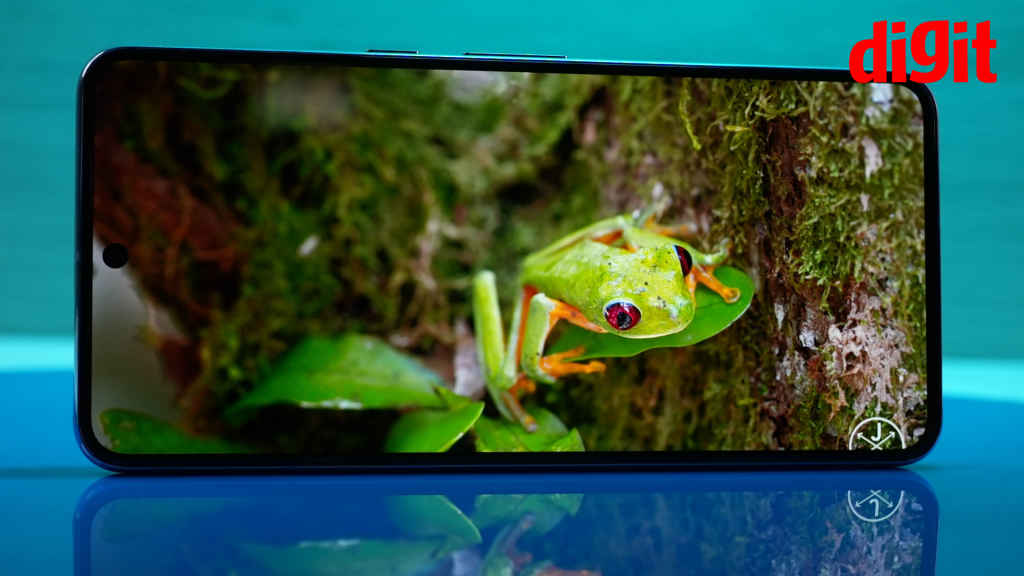
So, the display is ludicrously bright, looks good at just about any angle, and is extremely sharp as well. The colours are very accurate and HDR content looks just fantastic. Google has really brought its A-game to the display department.
How good are the Google Pixel 8 Pro’s cameras?
The Pixel 8 Pro sees some major improvements in the camera department. It offers a trio of cameras on the back – you get a 50 MP primary shooter with multi-zone laser AF, OIS and an improved aperture of f/1.7, a 48 MP telephoto lens with OIS and 5x optical zoom, and finally, an improved 48 MP ultrawide camera that replaces the 12 MP ultrawide shooter from its predecessor.
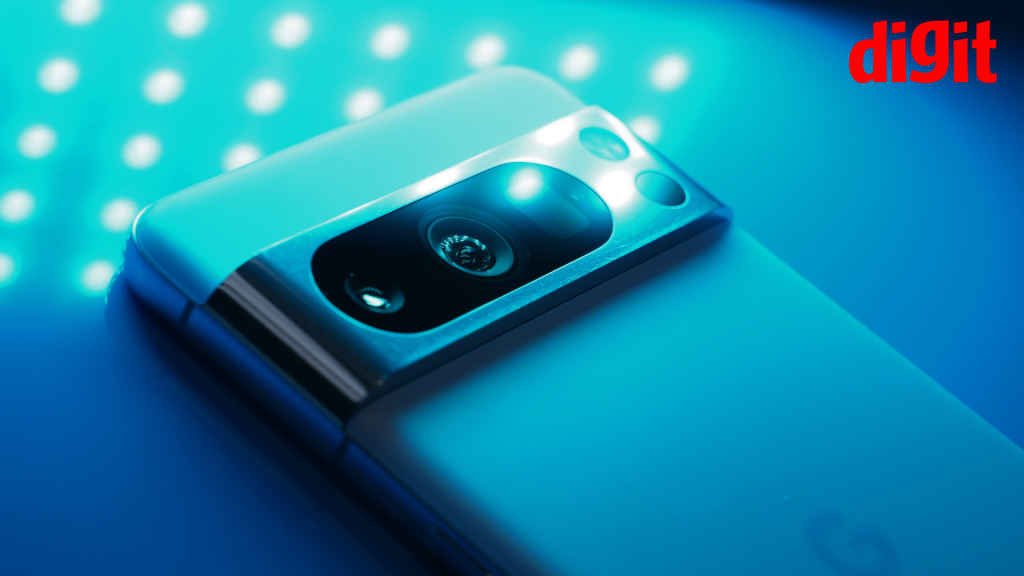
On the front, there’s a 10.5 MP selfie camera with an f/2.2 aperture. The 8 Pro can access Pro Mode for photos, while the vanilla Pixel 8 cannot. You also get the option to shoot in RAW and pick between binned 12.5 MP shots or 50 MP shots.
In daylight, the main sensor shoots excellent pictures with an uptick in sharpening compared to last year. The phone’s colour profile leans towards the cooler side, which is the status quo for Pixel devices. But the photos look nice and saturated, have excellent detail retention and really good dynamic range. You even get some detailed 2x shots. These crop into the middle portion of the 50 MP shot to provide a near-lossless 2x zoom.




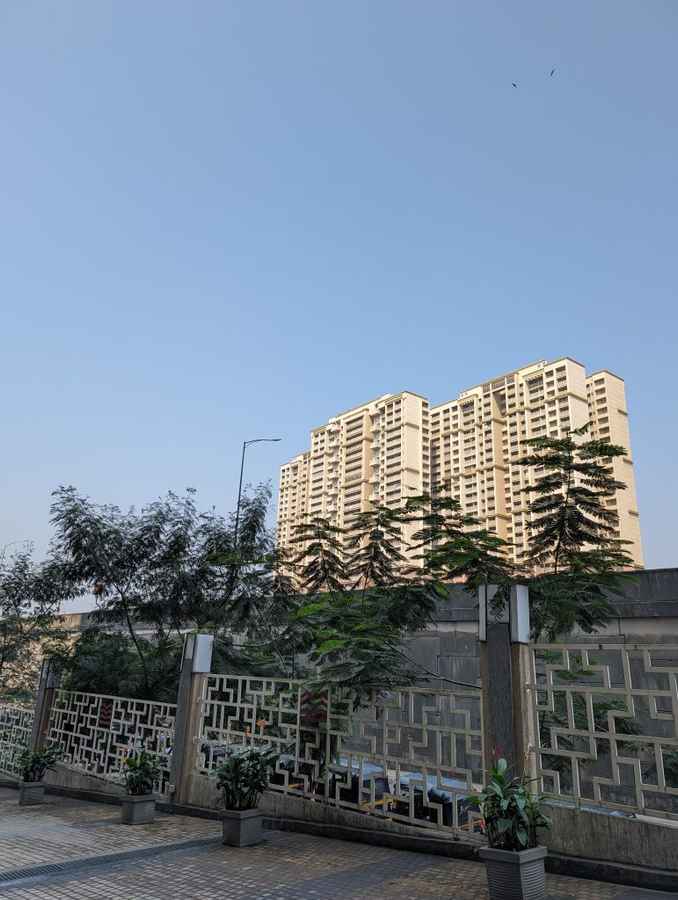

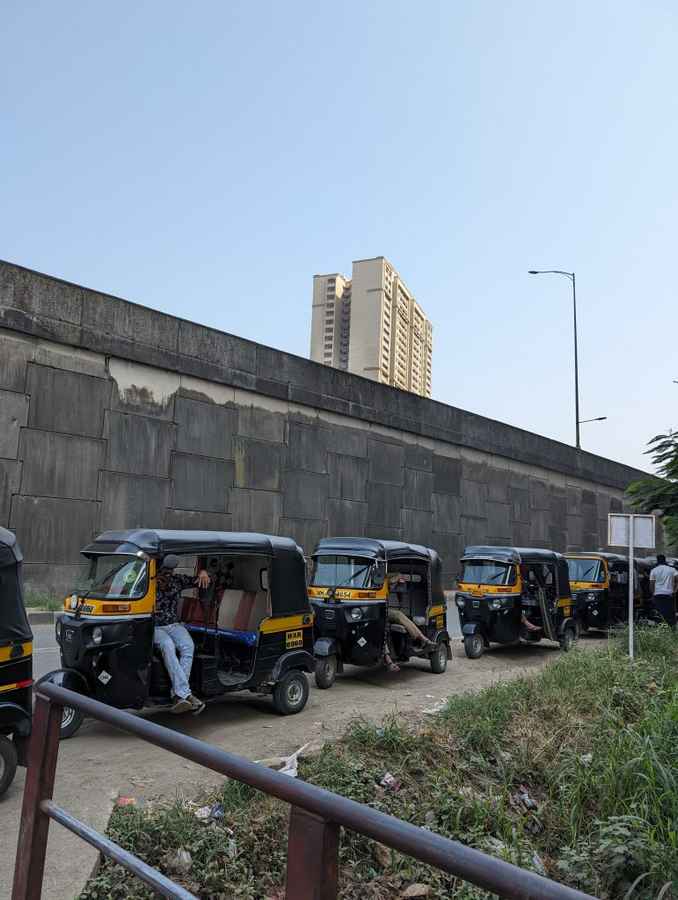



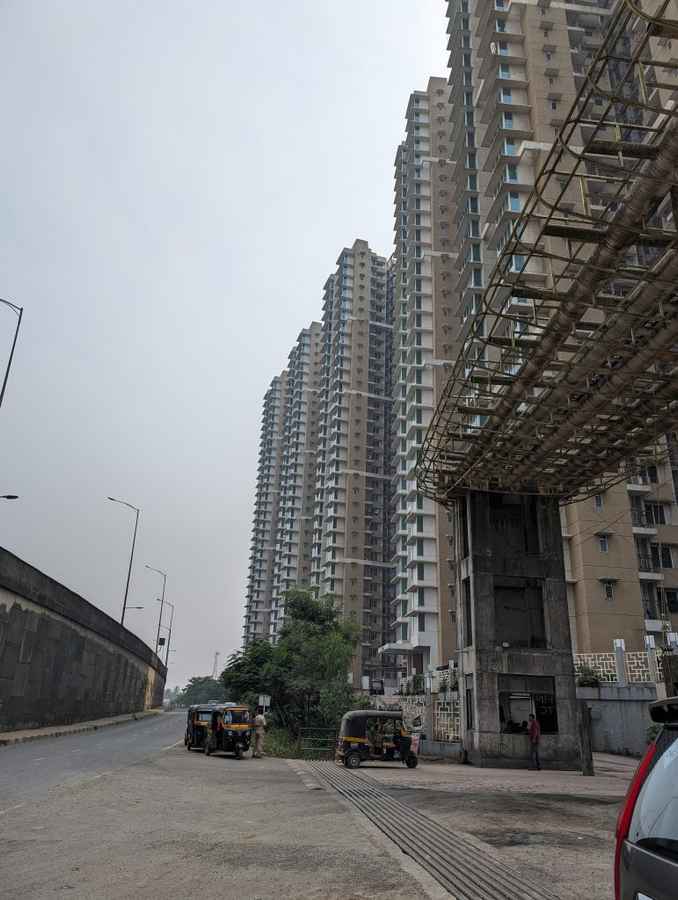
The 48 MP telephoto shooter spits out sharp 5x images with good detail. The dynamic range is solid and the colours look very similar to the main shooter. The ultrawide shooter, once again, excels. The detail is great and the photo’s corners also have good sharpness levels. The dynamic range isn’t as good as the main shooter, but the colours are nice and consistent. Macro shots out of the ultrawide lens look pretty sharp.
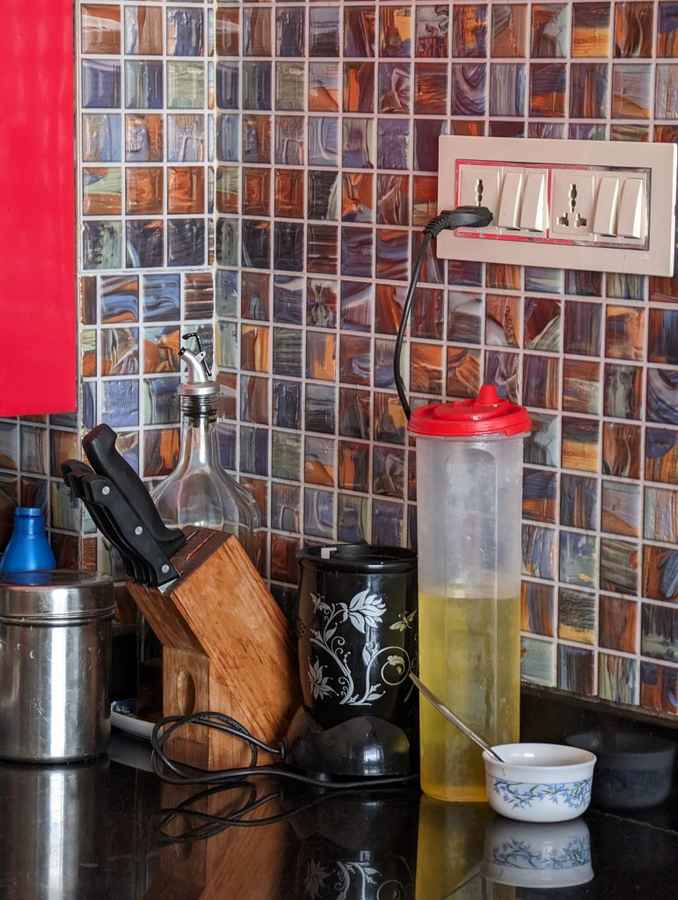
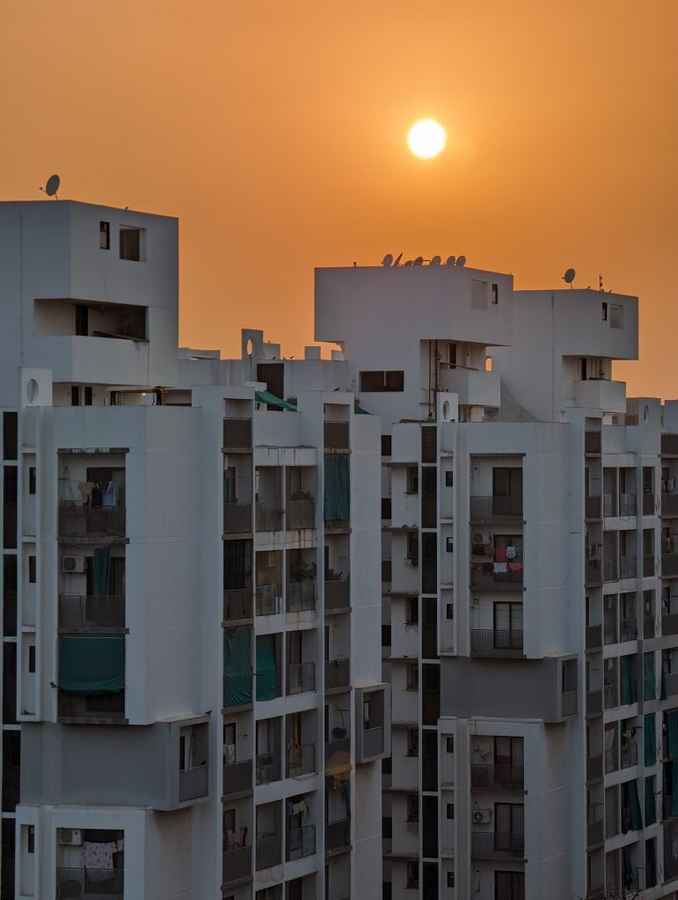

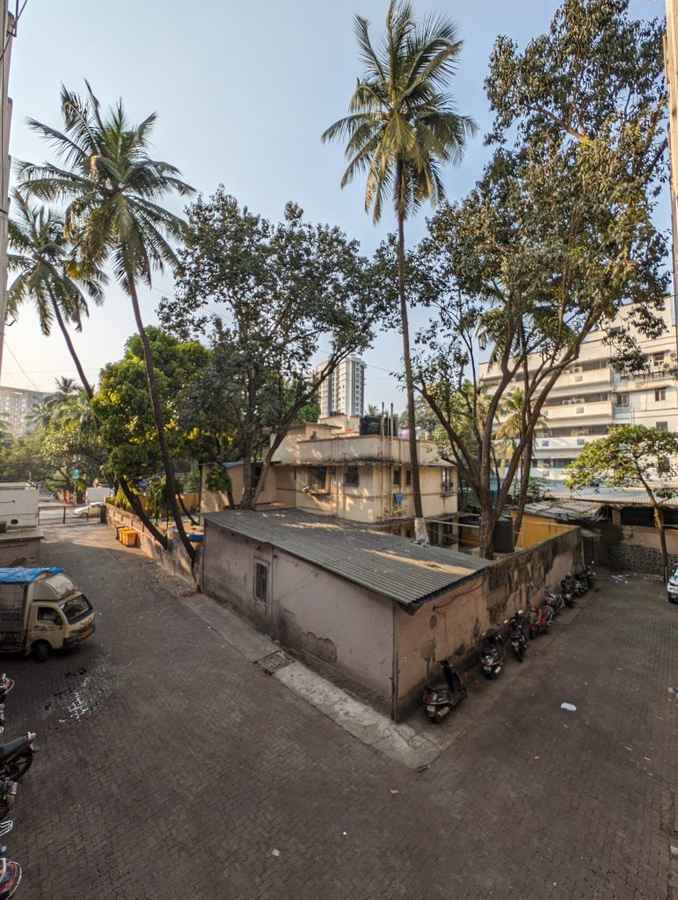



For portraits, the Pixel 8 Pro allows you to shoot these at 1.5x and 2x zoom levels. Weirdly enough, there’s no 5x portrait option, which seems like a waste. The portraits good detailed in daylight; colours look good in a silo although the iPhone 15 does have slightly more natural skin tones. Skin tones lean towards the reddish hue. What’s disappointing is the edge detection. There are a lot of imperfections in the cutout, especially with the subject’s hair or ears. Furthermore, the portrait shots look soft in low-light conditions.
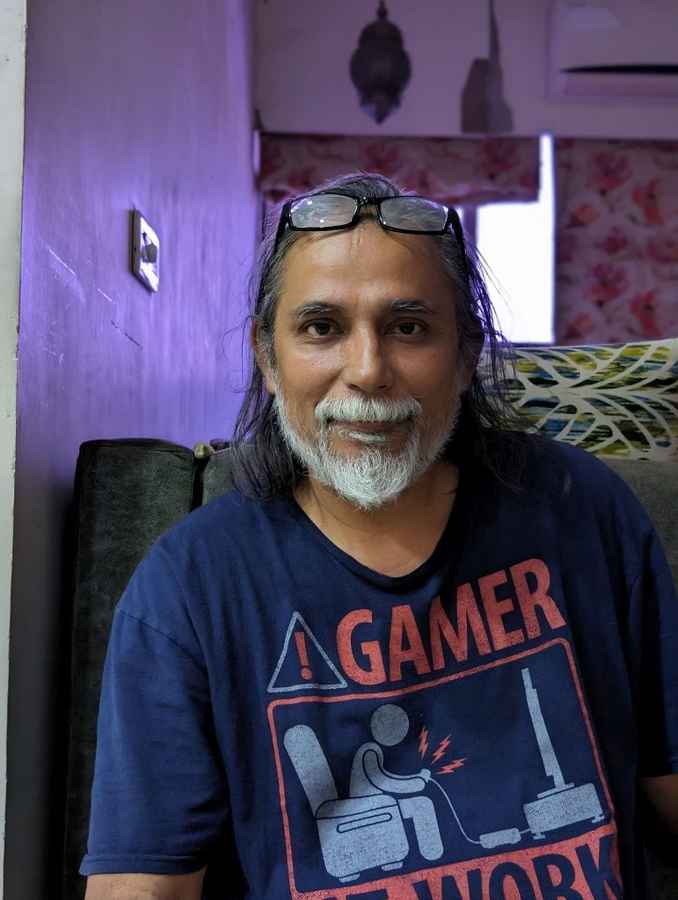

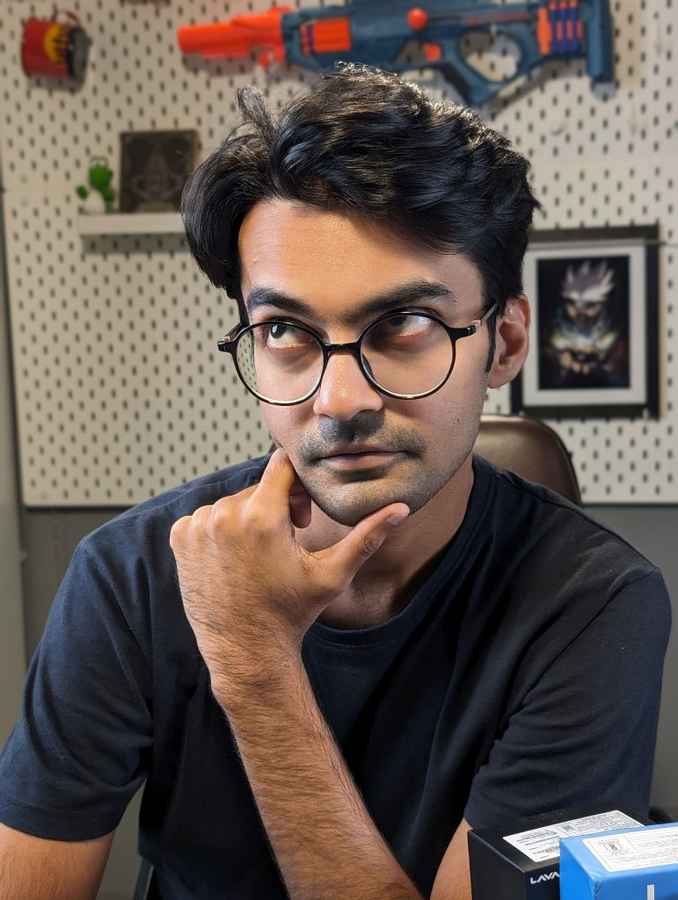



In typical Pixel fashion, the 8 Pro excels at clicking nighttime pictures. There’s excellent contrast, good detail, and very low to no noise. Pictures also don’t look unrealistically brightened up and maintain the nighttime look, which is nice to see. The dynamic range is generally very good, but it can lose out on some detail in the shadows in extreme low-light conditions. 5x and ultrawide low-light shots also have good levels of detail, but there is some noise at times.

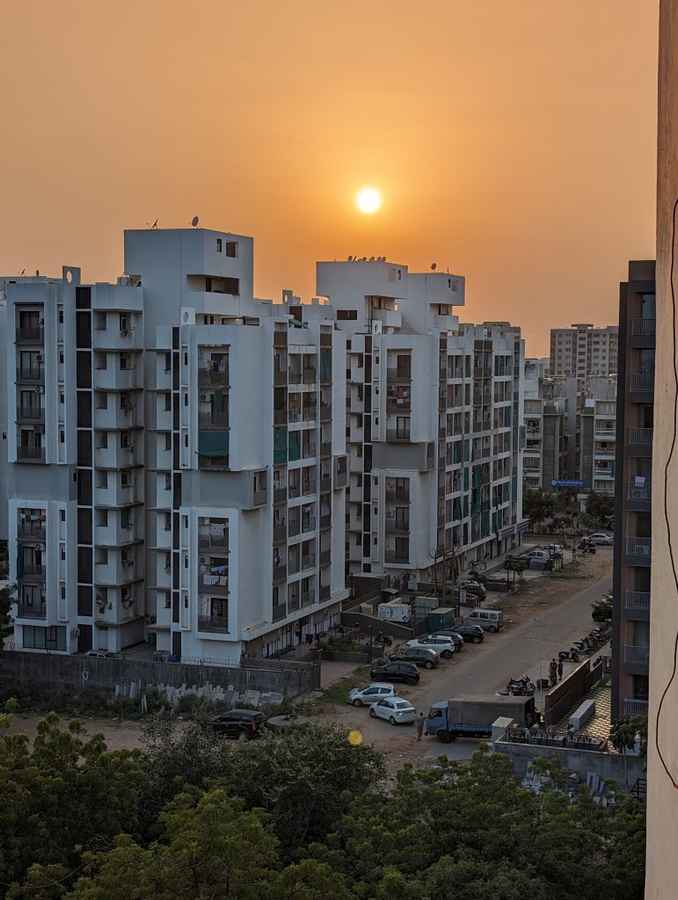
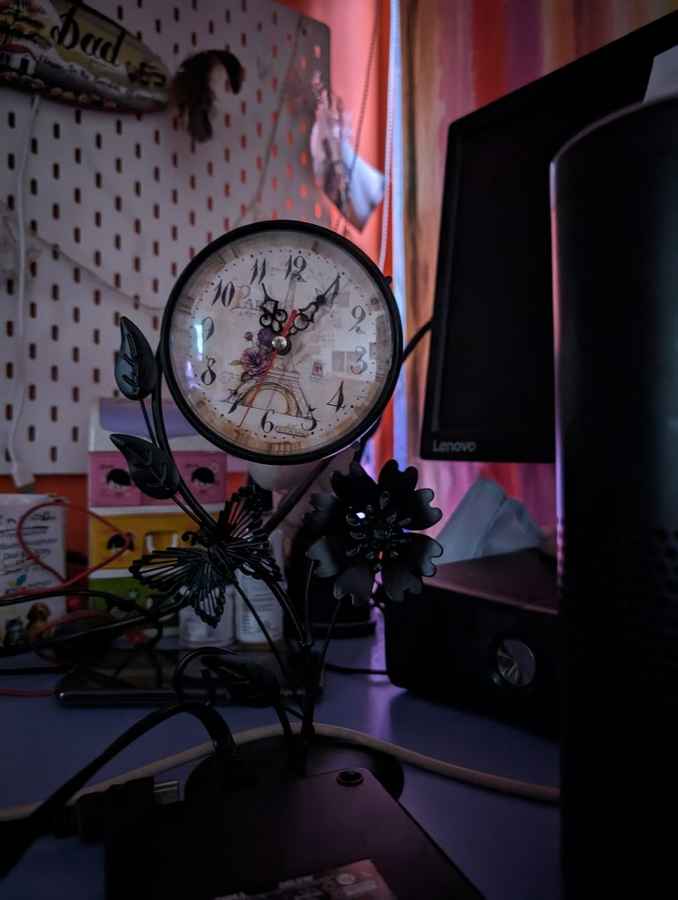
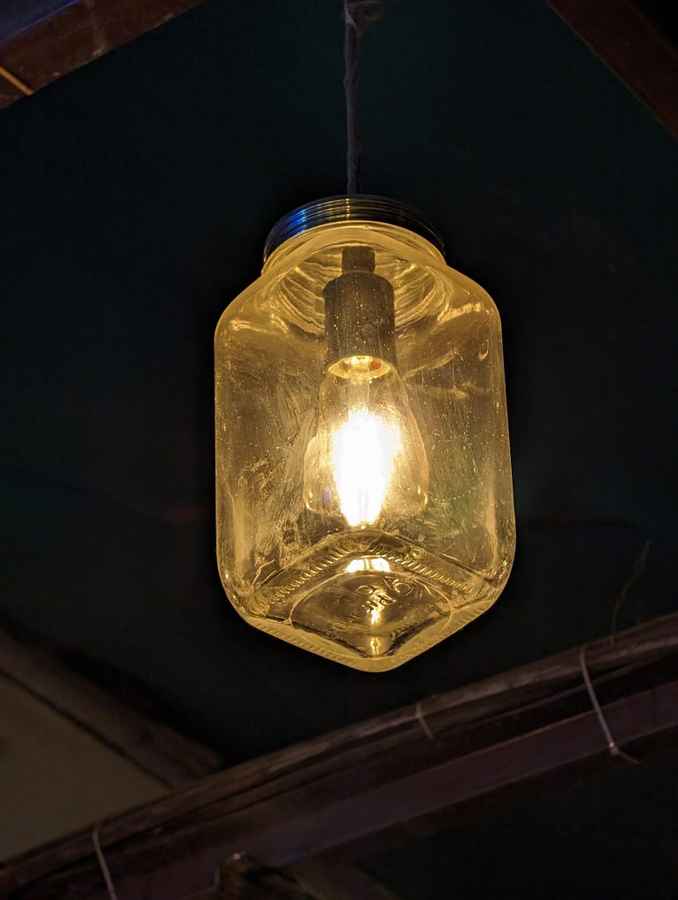
Now, the selfie camera on the Pixel 8 Pro is definitely not the best in the business. If you have ideal lighting, you can click a sharp and detailed shot. But if there’s too much backlight, you will be sacrificing some sharpness.
Video recording caps out at 4K at 60 fps on all four cameras and you also get 10-bit HDR recording as an option. The main camera captures good-looking videos in the daytime, and the videos in low light have improved compared to the Pixel 7 Pro. It’s still not close to the iPhone 15 video quality though. There’s also some ghosting in the videos in low light at times.
Performance hiccups
The Google Tensor G3 sits behind the wheels of the Pixel 8 Pro this year. The chipset is based on the 4 nm process and it has a nona-core (nine cores) CPU. The chipset has a maximum clock speed of 3.0 GHz – still trailing behind MediaTek and Qualcomm counterparts. It uses the Immortalis-G715s MC10 GPU instead of a Mali one this year.
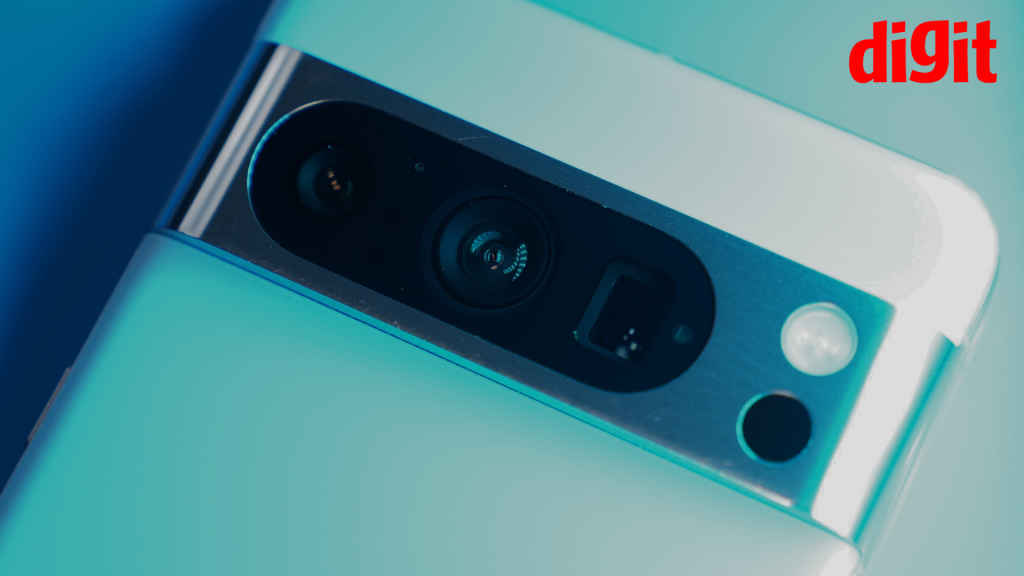
The phone’s sole memory variant comes with 12 GB of RAM and 128 GB of internal storage. The very fact that the Pixel 8 Pro – a flagship device costing more than a lakh – only has a 128 GB variant with no memory expansion is ludicrous. Other countries get options for 256 GB, 512 GB and even 1 TB but Indian users are stuck with 128 GB unless they buy their unit overseas. Ridiculously disappointing, especially when Google claims that India is one of its key markets.
As I got to running our usual slew of benchmark tests, I was disappointed by the low numbers. And the abysmal throttling issues. Let me expand. The phone is noticeably behind competitors in synthetic benchmarks. It got a pretty decent score of 1 million+ in AnTuTu but the Samsung Galaxy S23 Ultra and iPhone 15 Pro leave those numbers in the dust.
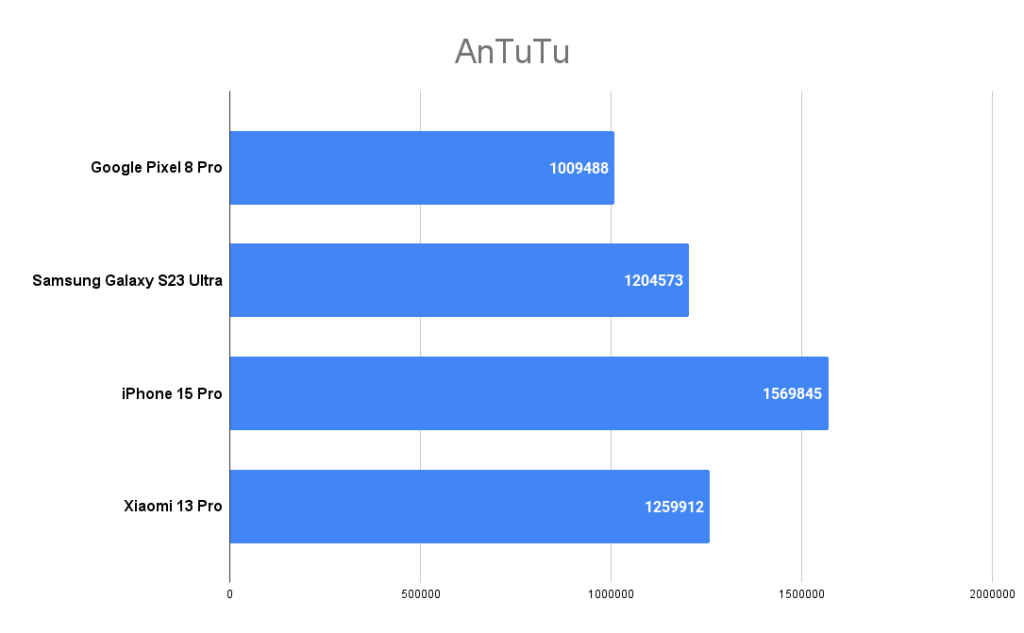
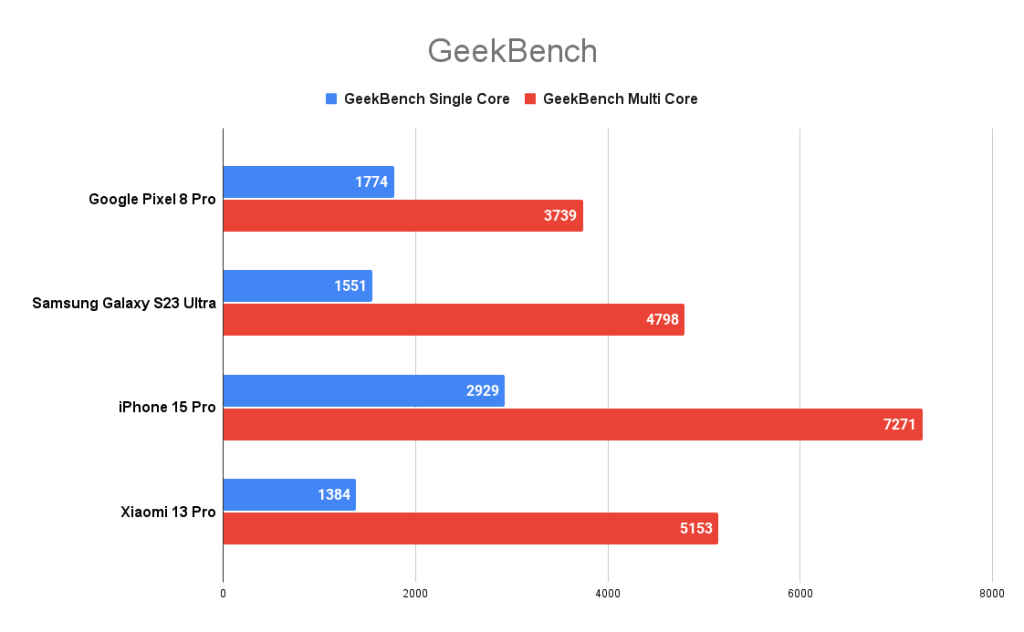
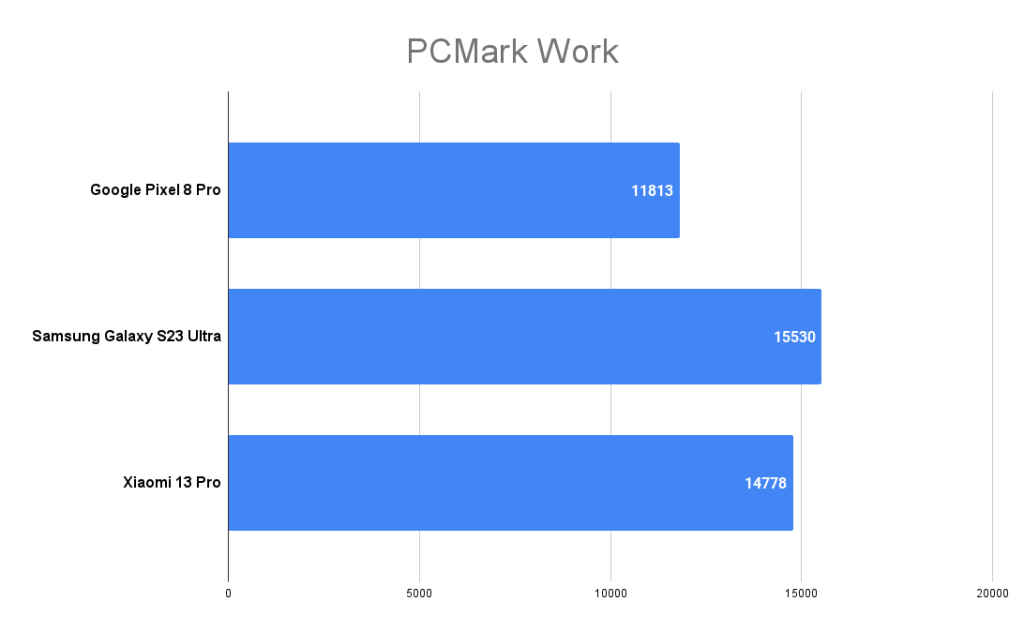
The same results repeat themselves in the GeekBench Multi-Core test and PC Mark Work. This carries over to GPU benchmark tests such as 3D Mark Wild Life Extreme and GFXBench.
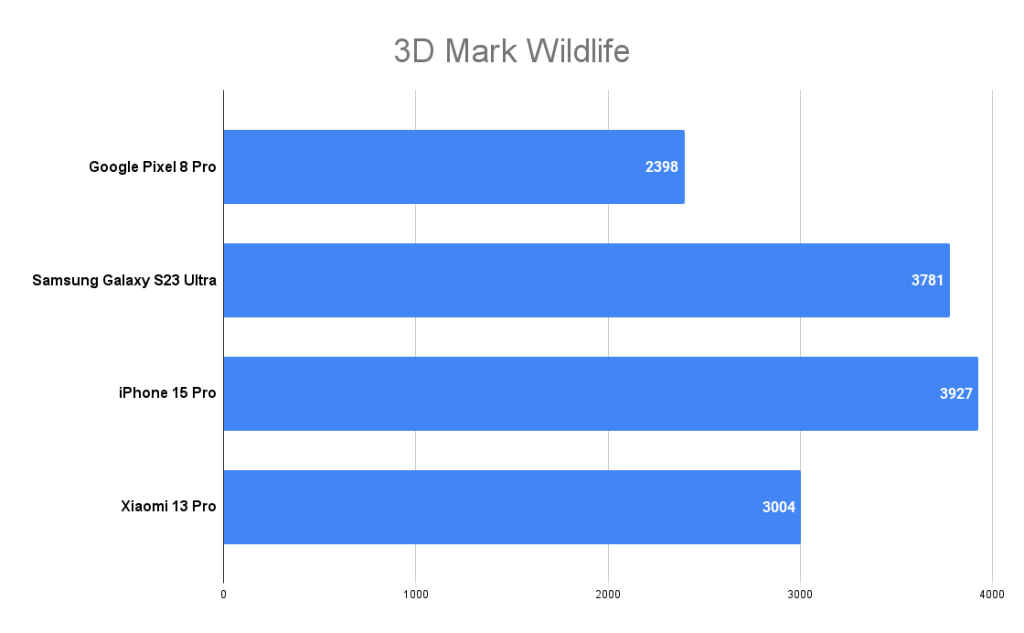
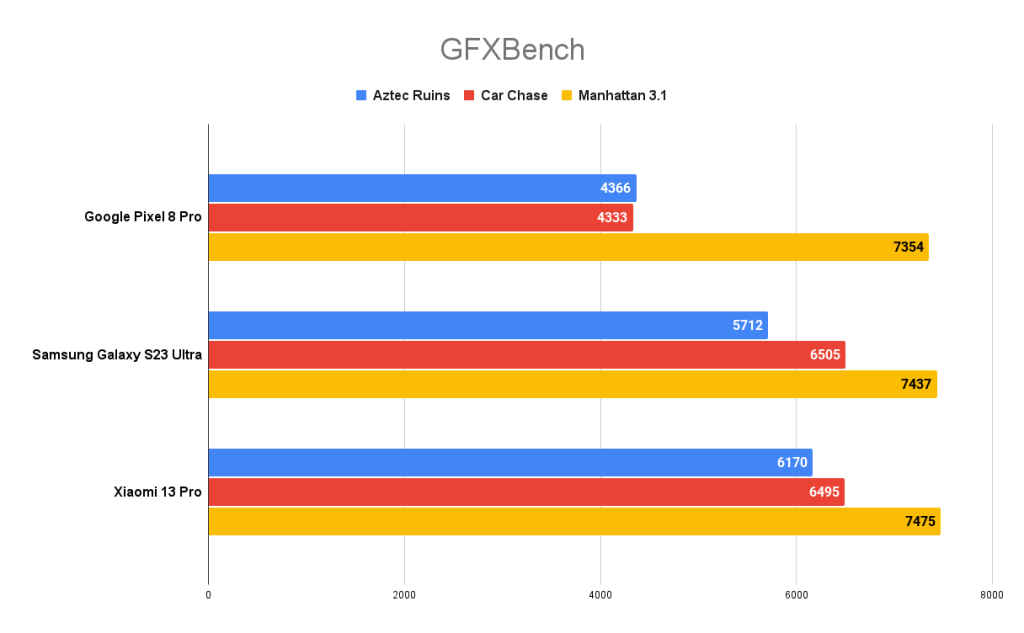
In storage tests, the Sequential Read Speed is decent but the write speed is very low for a flagship. I also ran the CPU Throttling Test to check the phone’s sustained performance under heavy stress and it performed miserably.
I ran the benchmark for 15 minutes with 20 threads active and it throttled to 40 per cent of its peak performance. When I bumped it up to 40 threads, the phone throttled to 35 per cent of its peak performance. This is worse sustained performance than the Pixel 7s.
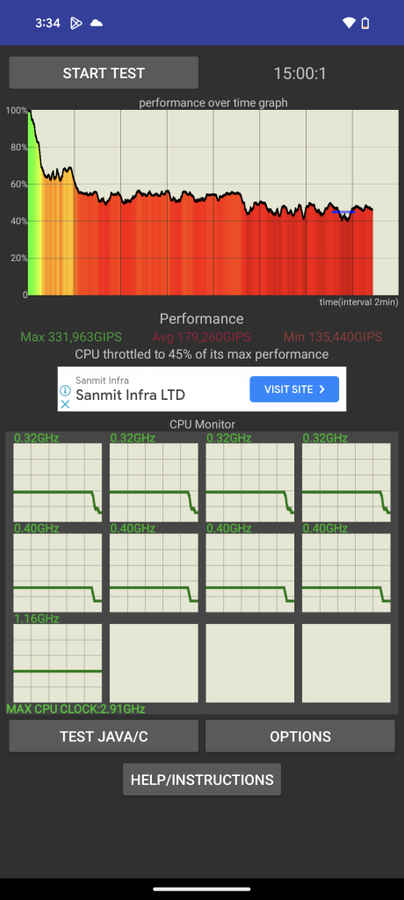
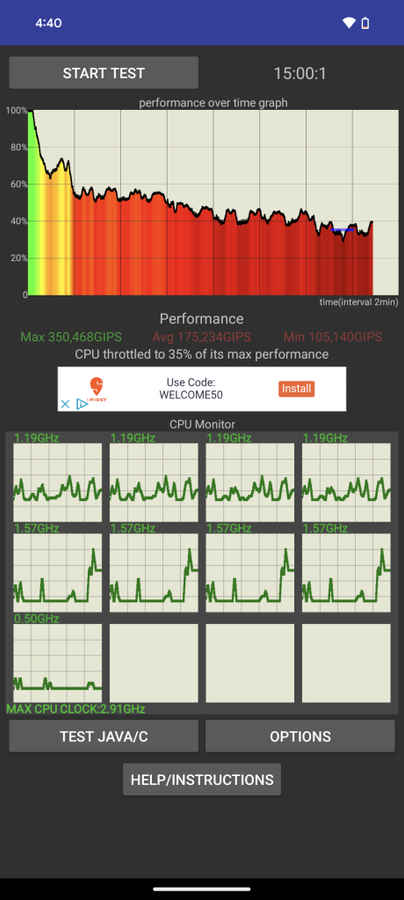
All in all, a phone that costs over a lakh is getting outperformed by last year’s Snapdragon 8+ Gen 1 which powers phones at the ₹30-40K price point. While benchmarks aren’t the full story, this is not a great look for the Pixel.
In real-world performance, the phone is smooth enough for normal tasks, but if you record at 4K for more than 5 minutes or play a round or two of BGMI, the phone heats up considerably. I also experienced some jitters and lag when this happened. Apps also take longer than usual to open. Not a flagship experience in any way. We will continue testing the Pixel 8 Pro for a couple of months, so keep a lookout for updates on the performance here.
Google Pixel 8 Pro Review: UI & AI
Google’s commitment to software updates on the eve of the launch of the new Pixel devices shocked the tech world – in a good way. The company has promised that the Pixel 8 family will receive 7 years of major OS updates and security updates, which is higher than what Apple promises! Google also assured that spare parts for the devices will be available for 7 years as well, which is fantastic for the end user.
The phone comes with stock Android 14 out of the box, and the bloatware-free experience is always refreshing after using phones from companies such as Xiaomi, Samsung, OPPO, and more. Like the Pixel 7 series, the Pixel 8 Pro also came with some software niggles at launch. There were a couple of annoying bugs such as the AOD screen flickering, Bluetooth connectivity issues, and more present at the time.
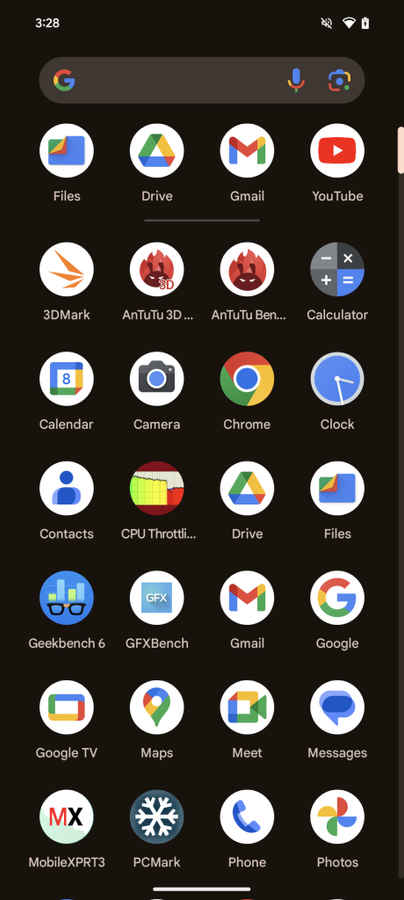
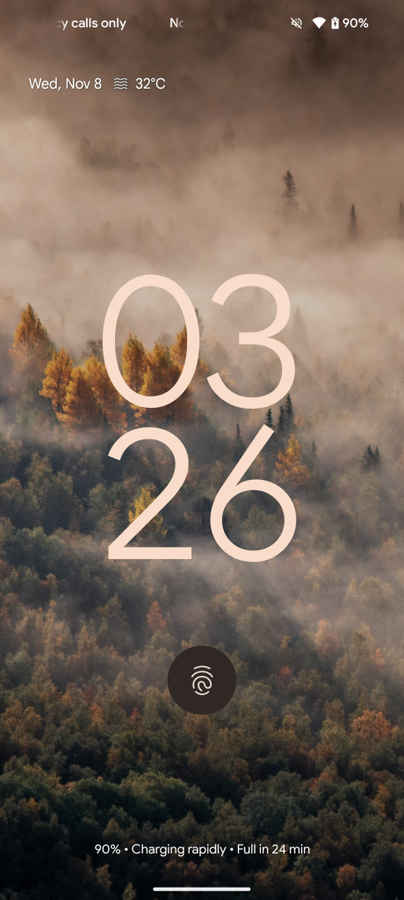
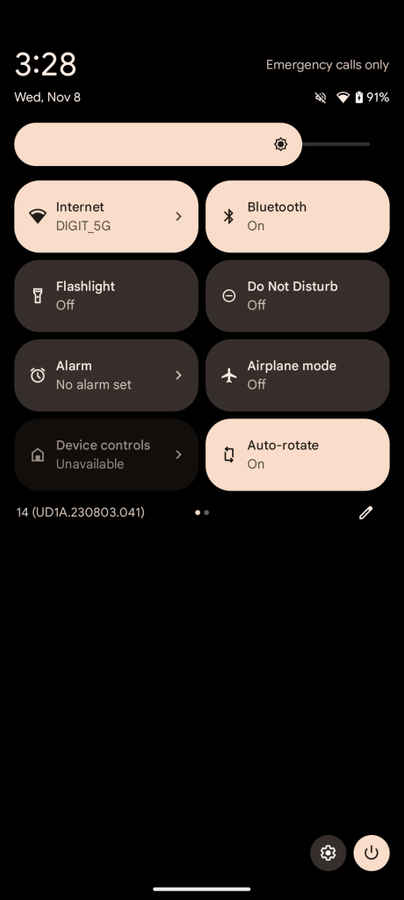
However, I’ve been using the Pixel 8 Pro for 3 whole weeks now and the newest update did alleviate some of these issues. One bug/issue that persisted is unreliable Wi-Fi connectivity. I didn’t face too many network or mobile data issues, but the Wi-Fi connection seems to be a bit wonky.
It consistently delivers slower Wi-Fi speeds than other phones connected to the same Wi-Fi network. Another issue that hasn’t been fixed is that software updates take forever to download, which can get really annoying.
All in all, the UI is extremely clean and reasonably smooth, however, issues like these can mar the overall experience.
As for the Pixel 8 Pro’s AI abilities, some of these are truly akin to magic. The end result, that is. The waiting and pondering about your life while the AI does its thing; not so much. Some of the best AI features on the Pixel 8 Pro are the brand-new Magic Editor, Audio Magic Eraser and Best Take. Magic Editor lets you isolate a subject in a picture and place them anywhere you like. Similar to Midjourney, the phone spits out four samples for you to choose your favourite from.

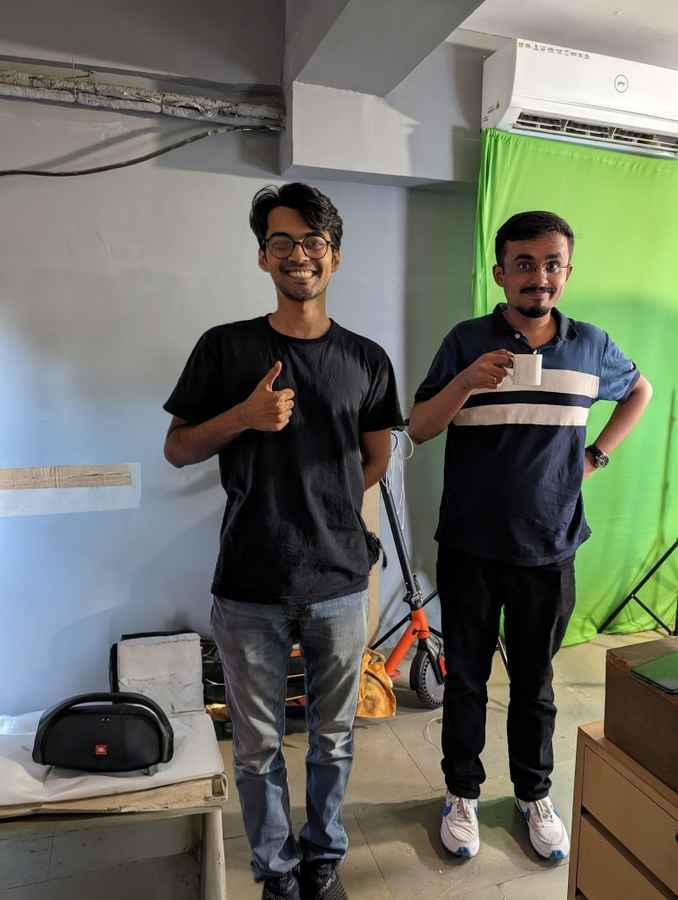
In my time testing Magic Editor, it has thrown up some insanely impressive results but the processing takes FOREVER since the processing is not all happening on the device. In fact, to edit any photo via Magic Editor, it must first be backed up to Google Photos, which is an annoyance in itself.
Best Take uses Google’s AI to allow you to choose the best face/pose out of a bunch of similar pictures taken in succession – again, it works wonders but the final result takes far too long to process.
Audio Magic Eraser can eliminate ambient sound from recorded videos – a powerful tool for creators who use their phones to shoot content. Now, all these features are path-breaking but the end user experience is slightly lacklustre given how much waiting time there is. The whole process just feels far from being smooth. Magical, sure, but not smooth.
I hope this can be ironed out in the future since the features can actually end up being super useful. In my opinion, people will be deterred from actually using these features on a day-to-day basis if they take too long to process. In addition to these features, you’ve also got a few others such as call screening (still not supported in India), Live Translate, and Live Transcribe. You also get support for lossless audio using wired headphones.
How good is the battery life?
The Google Pixel 8 Pro is powered by a 5,050 mAh battery; up by 50 mAh compared to the Pixel 7 Pro. In my testing, I found that the battery life has improved compared to the Pixel 7 Pro. It’s certainly not the best in the space, but decent nonetheless. There are certain reports about severe battery-draining issues, but I didn’t encounter any with my review unit.
In our 4K video loop test, the Pixel 8 Pro survived nearly 15 hours at full brightness while playing a 4K video on VLC on loop. While this doesn’t beat heavyweights such as the Samsung Galaxy S23 Ultra and iPhone 15 Plus’ performance, I was still ending days at a good 10-15 per cent charge with medium to heavy usage.
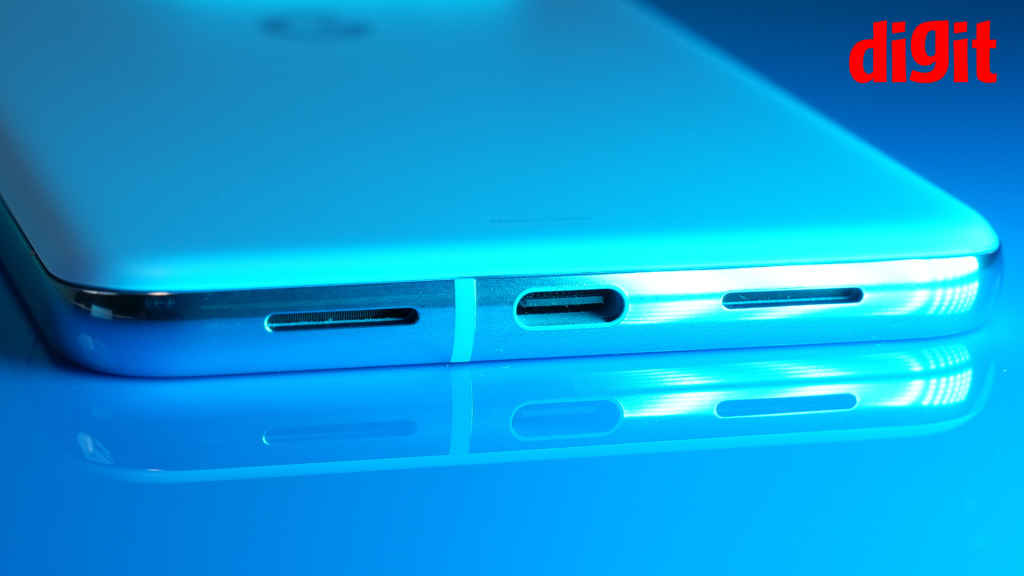
The Pixel 8 Pro consistently gave me screen-on times of 7+ hours with the latest update. The standby time was also pretty decent, however, my colleague Darab had a bad experience with standby time on the vanilla Pixel 8.
Pixel’s AI also learns your usage patterns and improves battery consumption over time. The charging speeds, sadly, are on the slower side. My Pixel 8 Pro review unit took over 1 and a half hours to charge to full. The phone only comes equipped with 30 W wired charging which is decimated by the likes of Xiaomi, OnePlus, and OPPO fast chargers.
There is support for 23 W wireless charging (using Pixel’s wireless charging stand) and reverse wireless charging, which is pretty neat. If you’re using a normal Qi wireless charger, wireless charging speeds are capped at 12 W.
Google Pixel 8 Pro Review: Verdict
At ₹1,06,999, the Pixel 8 Pro is honestly very hard to recommend amidst the landscape of stellar flagship smartphones in India. The improvements don’t measure up to the ginormous ₹22,000 price hike from the Pixel 7 Pro.
Yes, the cameras are excellent in most conditions, the display is the brightest in the segment, and the AI features are super exciting, but the miserable throttling, heating issues, lack of power, and average battery life are serious cons to buying a 1 lakh+ smartphone. Add to that random stutters and lag, and this is not a true flagship experience. And this is something that won’t go down well in a price-conscious market like India.
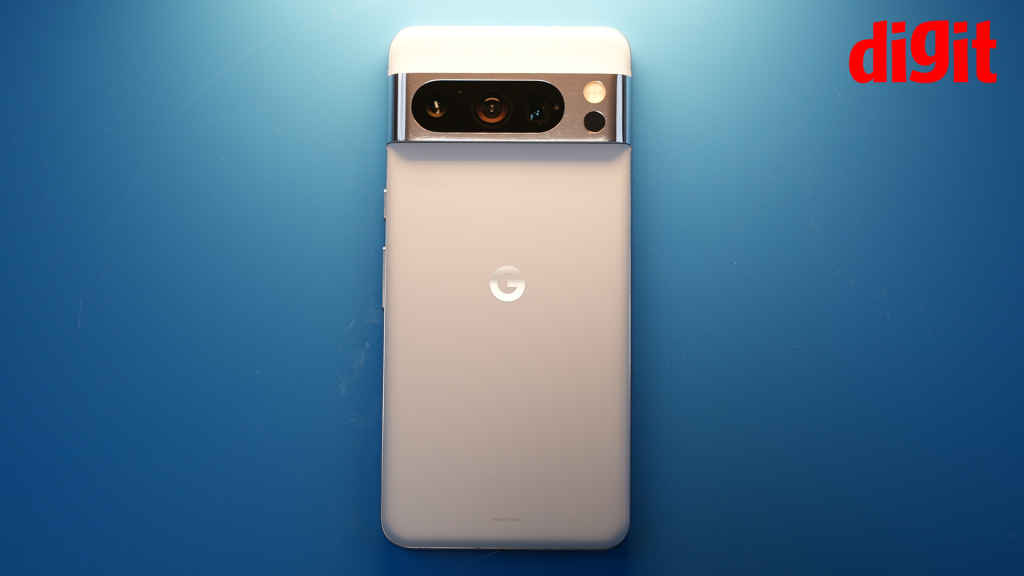
Pixel fans will certainly eat up the improvements to AI features and camera, but for the general user, there’s not enough polish to convince them to grab a Pixel 8 Pro over the iPhone 15 series or the Samsung Galaxy S23 Ultra. The phone will have to be much cheaper for me to comfortably recommend it. Say about ₹22,000 cheaper?
Google Pixel 8 Pro Key Specs, Price and Launch Date
| Release Date: | |
| Market Status: | Launched |
Key Specifications
Storage
128 GB
Battery capacity (mAh)
5050
Rear Camera Megapixel
50 + 48 + 48
Screen size (in inches)
6.7
Dhriti Datta
Perpetually sporting a death stare, this one can be seen tinkering around with her smartphone which she holds more dear than life itself and stuffing her face with copious amounts of bacon. View Full Profile


